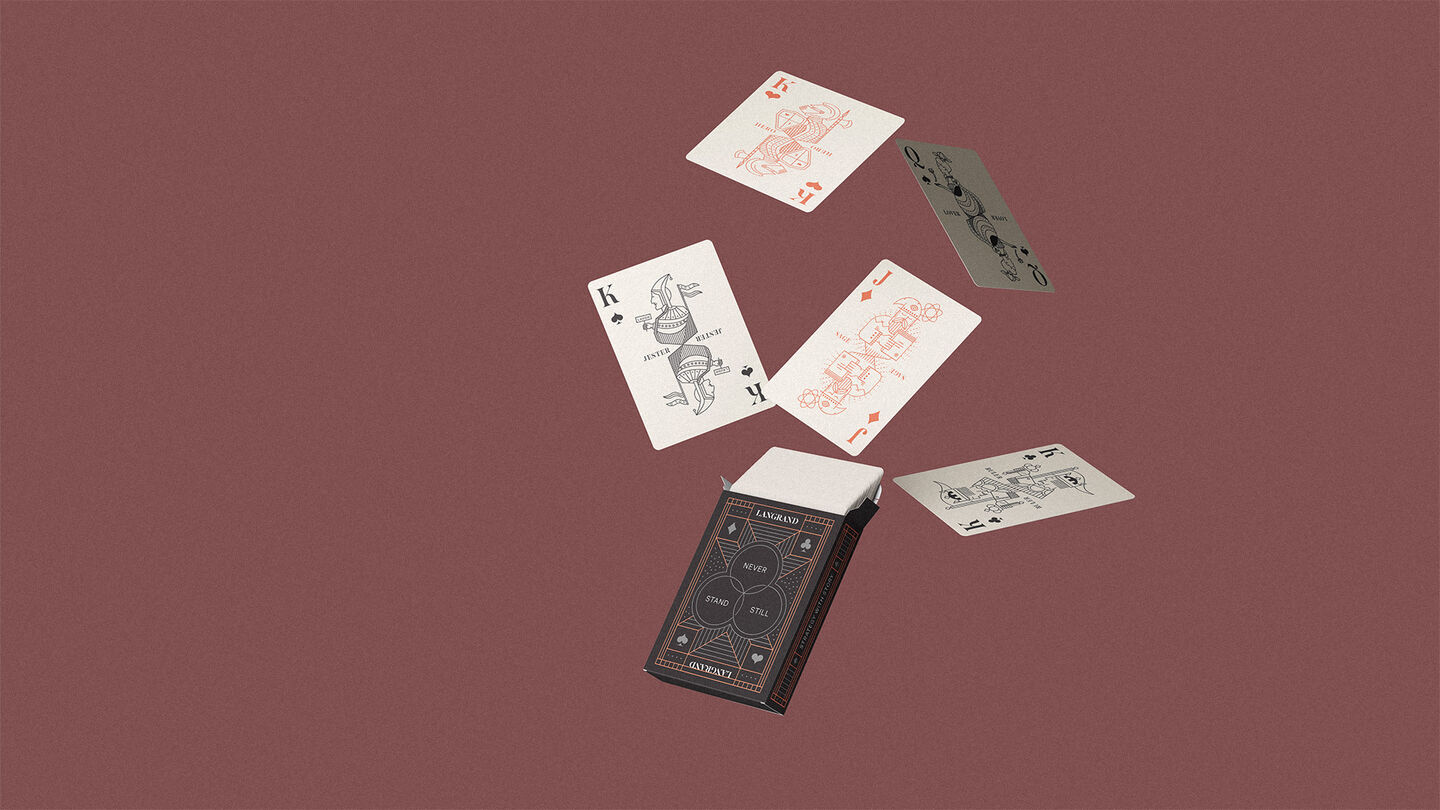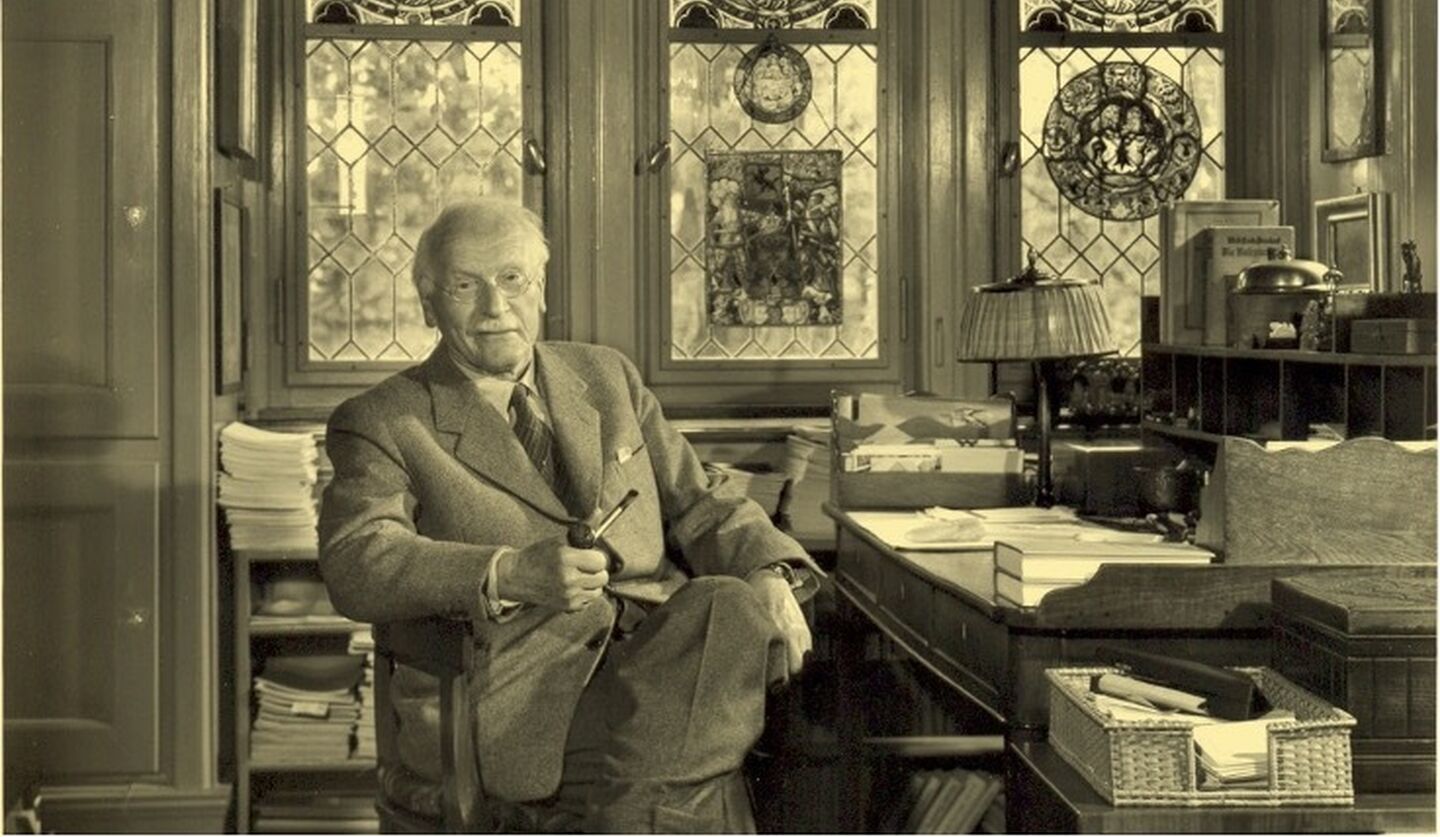Ideas
Brand and Archetypes

Ideas

Whatever your industry, whatever you “sell”—the way you engage with your customers (and employees) is likely shifting—moving from a series of transactions to a longer-term, more reciprocal and personal relationship. More than ever, employees want to work for brands and organizations that align with their core values and champion their point of view, and consumers want to support brands and companies that, above all, they know they can trust—to do and say the right thing in response to current events, move toward sustainability and more.

The origin
A big part of understanding how to engender and build lasting trust with the audiences you serve is having a strong understanding of what Carl Jung, a famous psychologist, termed as ‘archetypes.’ Broadly stated, they are universally understood symbols, terms, patterns or set of behaviors that are often copied, replicated or emulated. Archetypes are found in myths and cultures and stories across time, and once recognized, are tools that can help us advance understanding of complex concepts, stories and people.
And, as brands are showing up more and more “human” these days (how many brands can you count that literally have a human name? billie, Casper and Oscar, to name just a few) the ways archetypes can help us understand and inform organizational brands (and ourselves as consumers) are growing. Archetypes signal how a brand’s personality should show up in the world, and more importantly, how it should show up consistently.
There are twelve brand archetypes:
The Hero (Red Cross, Army): Perfectionist, service to others and committed to achievement.
Brand message: Together, we can make the world a better place with grit, grace and gratitude.
The Magician (Disney, TED): Transformative, clever and lover of attention.
Brand message: Believe in your dreams and they will become realities. We’re all in this together, and it’s all about the journey.
The Outlaw (MTV, Harley Davidson): Risk-taker, free spirit, absolutely not down with “The Man.”
Brand message: Never settle for the status quo. Take the road less traveled. Expect more and get it.
The Ruler (Verizon, Microsoft): In control, demand excellence and a natural leader.
Brand message: Work hard and play hard. You deserve the best of the best.
The Creator (YouTube, Crayola): Innovator, unique problem solver and resists conformity.
Brand message: Hidden potential is everywhere. You are unique and talented, the world is your oyster.
The Caregiver (Salvation Army, Campbell’s): Compassionate, cares for others and the world around them.
Brand message: We’re all in this together. Treat everyone like family. Pay it forward.
The Lover (Godiva, Hallmark): Romantic, passion and beauty with a desire for connection.
Brand message: You’re perfect just the way you are. Embrace yourself.
The Jester (Old Spice, Geico): Lighthearted, fears boring normalcy and very easy going.
Brand message: The grass is greener where you water it. Enjoy each day like its your last.
The Everyman (Budweiser, Wrangler): Community, ambitious and understands what it means to be valued.
Brand message: Stay humble and true. Hard work and loyalty pay off.
The Innocent (Coca-Cola, Volkswagen): Optimistic, kind and slow to blame, ideally everyone would be happy.
Brand message: Keep it simple. The best is yet to come.
The Sage (NY Times, Oprah Winfrey): Wisdom, seeker of knowledge with a desire to share it.
Brand message: The truth will set you free. The truth is powerful. Own your truth.
The Explorer (REI, National Geographic): Freedom, sufficient with a craving for new experiences.
Brand message: YOLO.
At Langrand, when we say “Strategy with story. Work with heart” we’re talking, in part, about how the work we do with organizations and brands uncovers or refines a brand’s expression of and understanding of its respective archetype, and then connects that narrative with existing data or marketing strategy to yield work that resonates with hearts and minds of audiences. We strive for work to be universally understood and rooted in common truths—whether designing a website or rebuilding a brand’s architecture or naming a new company.
Want to engage with Langrand in a branding session to explore your organization’s archetype?